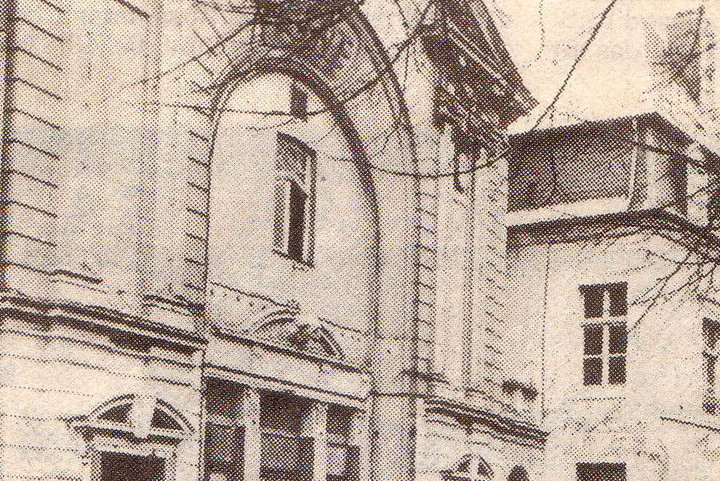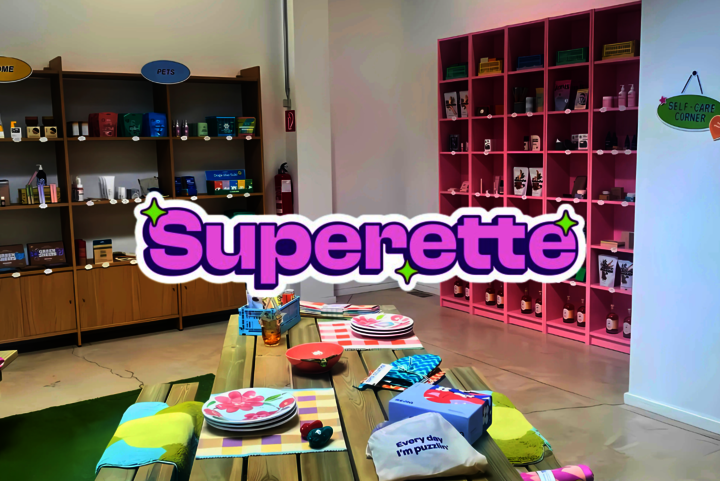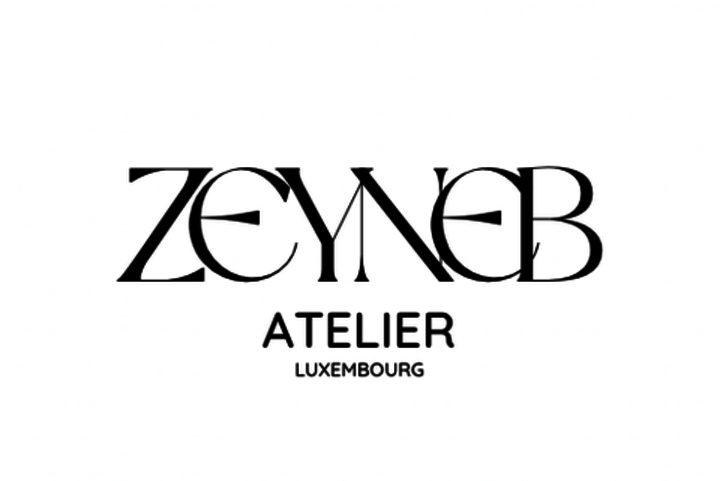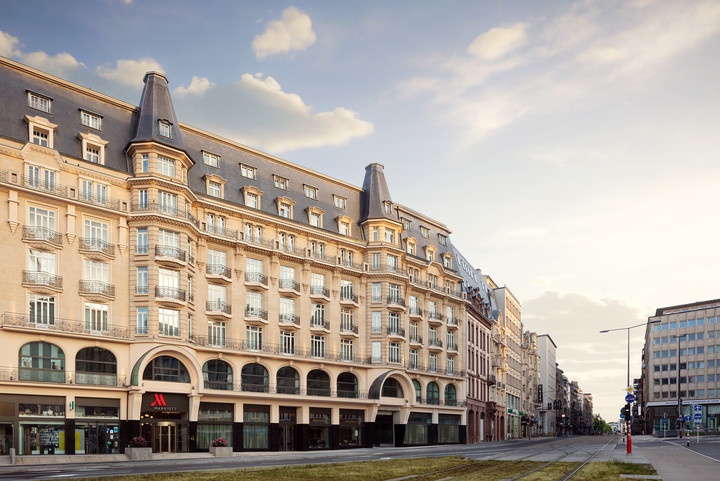(Re)discover our city – Ciné Cité
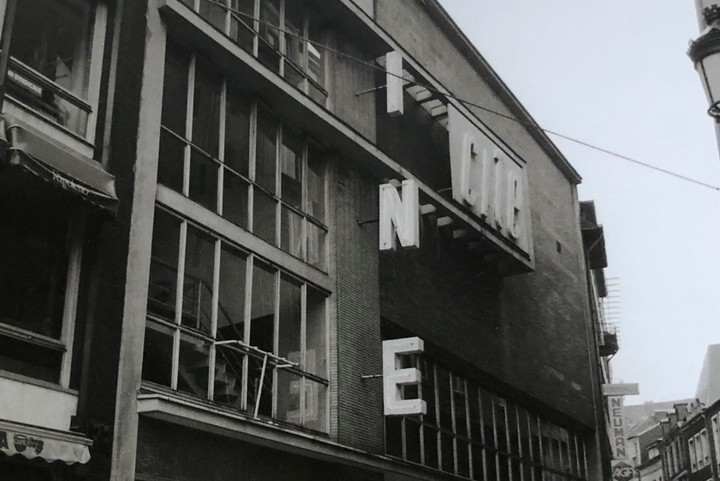
(RE)découvrons notre ville - Ciné Cité
Think you know our capital well? Well, let's see about that! Some of the buildings that you walk past on a regular basis have a special story behind them. Dr Robert L. Philippart is a true expert on the subject and will take you through the city to uncover these hidden stories, giving you a new way of looking at some of our emblematic buildings.
Ciné Cité
The plan to open a cinema for 760 spectators in Ville Haute recalls an initiative put forward by notary Charles Michels. He joined forces with two cinema experts in Luxembourg: Louis Freysing, director of the Cinéma Marivaux, and Isidore Thill, director of the Victory and The Yank cinemas, all located in the Gare district. Together, they commissioned architect Robert Lentz to design the plans. Lentz was a highly regarded and truly innovative architect. He would go on to design the 1963 Luxembourg City Millennium Exhibition and the Robert Schuman monument near the Grand Duchess Charlotte Bridge. Artists François Kinnen and Lou Theisen provided the stage decorations and the large abstract fresco in the foyer. This was a key venue during the 1960s, playing host to film premieres accompanied by gala evenings attended by civil and religious authority figures, and even members of the Grand-Ducal Court. The opening of the cinema in 1958 brought a second show venue to Ville Haute, alongside the theatre. At the time, the Gare district had five cinemas, while the city centre had just one, the Cinéma de la Cour. In the 1950s, cinemas enjoyed huge attendance figures thanks in part to the democratisation of the motor car. At the time, parking was permitted on Place d'Armes. From the 1960s, the number of people visiting cinemas fell, and the Capitole cinema on Avenue de la Gare was the first to close its doors in 1969, followed by the Cinéma de la Cour in 1971. To address this decline, Ciné Cité was equipped with a special system in 1963 enabling it to show films in 70-mm format, offering greater image quality. Over the course of the 1960s, several major Hollywood productions ensured ticket sales success. For decades, Ciné Cité was the cinema where James Bond films were screened. And what's more, this cinema also gave Luxembourg filmmakers the opportunity to show their films. However, despite technological advancement in terms of audio, the crowds did not return. At the start of the 1980s, several Luxembourg cinemas were divided into multiple smaller screens to enable them to offer a wider and more diverse schedule. In 1982, Ciné Cité underwent just such a transformation, becoming five rooms of different sizes, ranging from 74 to 360 seats. The hope with these changes was to attract a range of customers thanks to five simultaneous film screenings. Despite these efforts, television won over the general public to the small screen. Nevertheless, new cinemas were opened in Luxembourg between 1992 and 1996. These offered improved technical equipment and more comfort for viewers. Utopolis, for example, offered ten screenings at the same time in 1996. In 1997, the Ciné Cité building was sold to the City of Luxembourg. It continued to operate as a cinema until 2004, when the City demolished it to build the Cercle Cité socio-cultural centre, which now houses the municipal library and a conference room with capacity for 150 people. The new complex, designed by Beng Architectes Associés also has a restaurant and is connected to the old Cercle city hall. The socio-cultural centre was inaugurated in 2011. The old Salle Vox, now known as Cinémathèque, is the only cinema in Ville Haute. The City of Luxembourg plans to carry out renovations and open it to the public.
Photo: unknown © Photothèque de la Ville de Luxembourg
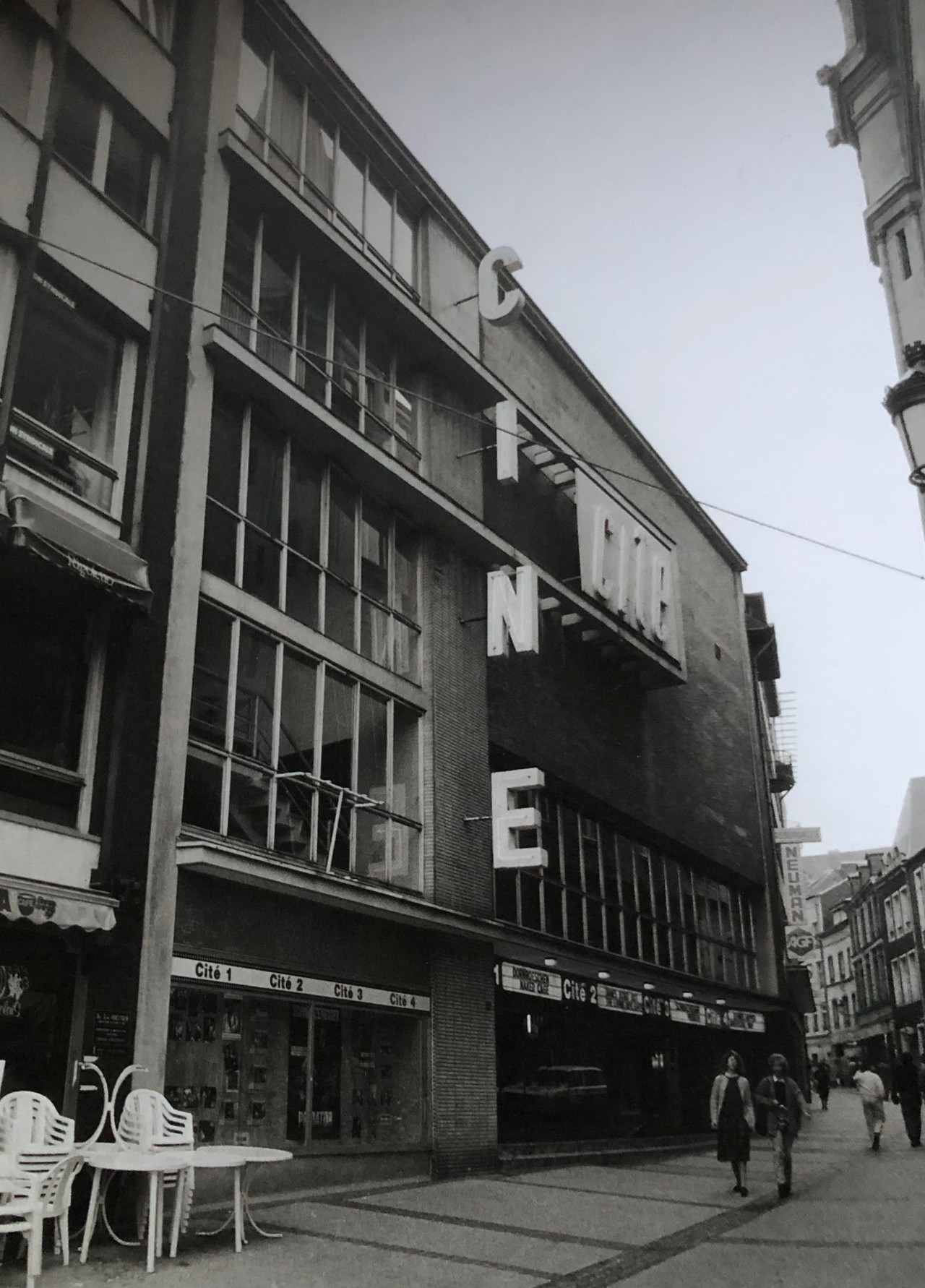
Inscrivez-vous
à la newsletter.
Inscrivez-vous et recevez tous les mois l’actualité shopping de la ville directement par email ! Bon plans, événements phares, nouveaux commerces, ne manquez rien de l’actualité commerçante.
Cityshopping news

